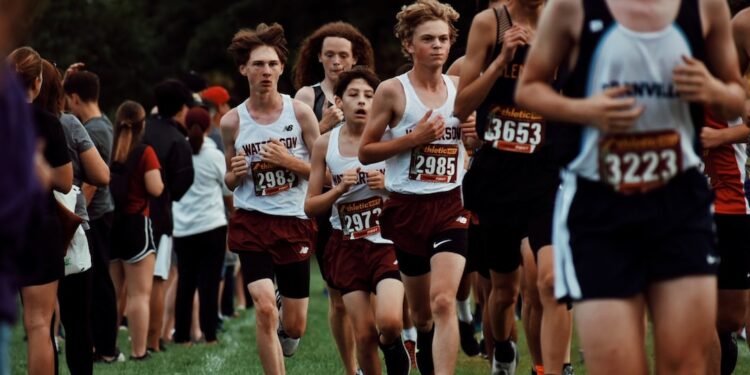Physical injuries are common in athletics. Whether you are a professional athlete or a weekend warrior, injuries can happen anytime, anywhere. Injuries can be caused by accidents, overuse, or poor technique. The good news is that most injuries can be treated through rehabilitation. Physical rehabilitation is an essential aspect of injury recovery. It involves a series of exercises and treatments that aim to restore strength, flexibility, and range of motion in injured tissues.
Here is a guide to physical rehabilitation in athletics:
1. Consult a doctor
If you have suffered an injury, it is essential to consult a doctor. A qualified physician can diagnose the extent of the injury and recommend a course of treatment. In some cases, you may need surgery, while in others, physical therapy may be sufficient.
2. Rest
Rest is a crucial component of physical rehabilitation. Your body needs time to heal, and pushing it too hard will only prolong the recovery process. Rest also helps to reduce inflammation and pain, giving your body the chance to recover. However, too much rest can lead to muscle atrophy and weakened ligaments. Therefore, you should consult your doctor on the optimal amount of rest required for your particular injury.
3. Physical therapy
Physical therapy is an integral part of most rehabilitation programs. It involves a series of exercises and treatments that focus on the affected area. Physical therapy can help to alleviate pain, improve strength and endurance, and restore flexibility and range of motion.
4. Rehabilitation exercises
Rehabilitation exercises are designed to help you regain strength and flexibility in the affected area. The exercises will depend on the injury and may involve stretching, strength training, balance, and coordination exercises. Rehabilitation exercises should be done in consultation with a physical therapist, and the intensity should be gradually increased as the injury heals.
5. Ice and heat therapy
Ice and heat therapy can be effective in reducing inflammation, bruising, and pain. Ice therapy is recommended in the immediate aftermath of the injury to reduce swelling while heat therapy is recommended during the recovery phase to improve blood circulation and muscle relaxation.
6. Massage and manual therapy
Massage and manual therapy can be effective in reducing pain and improving flexibility. These treatments should be done by a qualified therapist who can use techniques such as deep tissue massage, trigger-point therapy, and myofascial release.
7. Return to sport
After a period of rest and rehabilitation, you can return to sports gradually. You must consult your physician and physical therapist about your return to sport, and they will advise you on the optimal time and the steps you should take to minimize the risk of re-injury.
In conclusion, physical rehabilitation is an essential part of injury recovery in athletics. It involves a series of treatments and exercises that aim to restore strength, flexibility, and range of motion in injured tissues. If you have suffered an injury, it is essential to consult a doctor and a physical therapist who can guide you through the rehabilitation process. By following the advice of medical professionals and staying patient, you can overcome injuries and return to athletics healthier and stronger than before.















